Last August, Erik Boomer, Sarah McNair-Landry and Ben Stookesberry set off on a 600-mile adventure by kite-ski across the Greenland ice cap, towing kayaking gear behind them to paddle a first descent of an Arctic river. The intrepid trio, all previous Adventurers of the Year, won National Geographic’s first-ever Hall of Fame award for the ambitious and never-before-attempted route. Here’s how they did it.
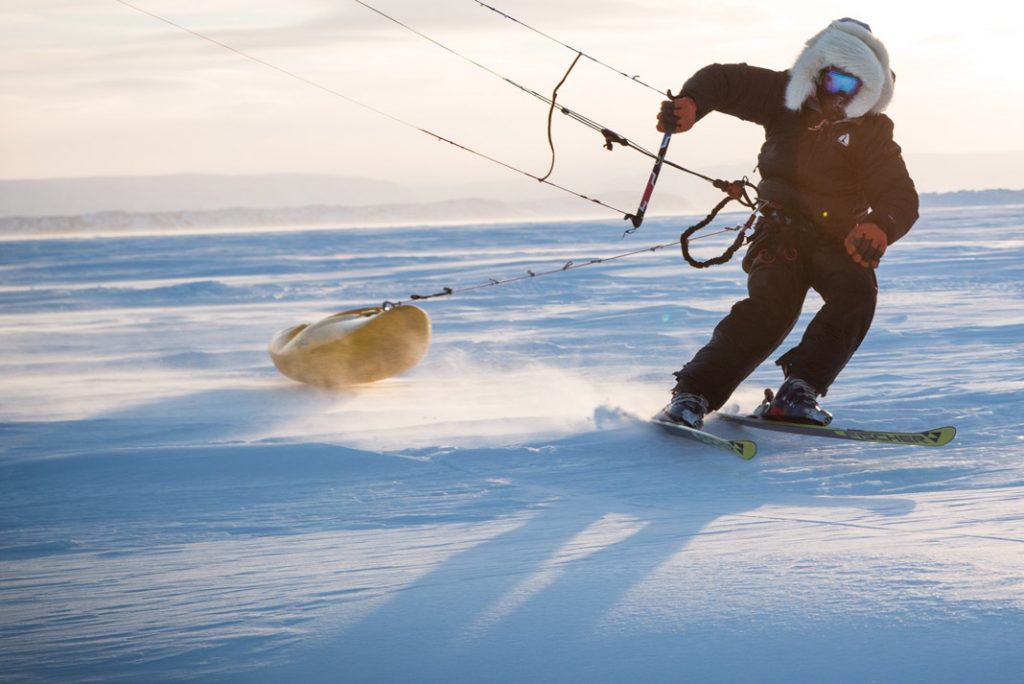
Step 1: Come up with an impossible expedition
Drag kayaks and whitewater gear 600 miles across the Greenland ice cap, all to access a river that has only ever been scouted from Google Earth? Sounds perfect. What could possibly go wrong?
Our goal to cross the ice cap and then notch a first descent required creative route finding and more than a little faith. The meltwater river that we chose to paddle meant that we also needed to find a way off the ice cap to access the river in a place with very little information.
Step 2: Find crazy teammates
It was important to find two unique teammates for this adventure. First I had to find a whitewater kayaker that was willing to travel a thousand kilometers through freezing temperatures just to get to the river.
Ben Stookesberry was the perfect candidate and all it took was catching him on the phone at the perfect time—after a few drinks at the bar. He was enthusiastic and confident in his “really good skiing skills.”
We also needed someone with firsthand experience crossing the Greenland ice cap to lead us to the intended river. Polar explorer Sarah McNair-Landry had crisscrossed the Greenland ice cap four times. Without her, we wouldn’t have stood a chance.
Step 3: Fund the expedition
Long and remote expeditions are not cheap. You have two options: Spend months working a hard seasonal job, such as fighting fires, working the oil rigs, or raft guiding while living in a tent and surviving off of ramen noodles and saving every penny.
Or, after several years of successfully using option one, work even harder filling out endless grant forms, writing proposals and delivering pitches to convince sponsors to support the expedition. We often looked back and wondered if it would have been easier to stick with the first option.
Step 4: Train and prepare
The last thing we wanted was to show up in Greenland and realize that we couldn’t fit all of our gear in our kayaks or that our system wouldn’t work. First, Ben needed to learn how to kite-ski. Then we spent hours with our sleds and kayaks, figuring out how to attach them together and pull them behind our kite harness.
Being the first expedition of its kind, there was no road map to follow. If the sleds weren’t tied properly they could flip, then rip and leave a trail of food and warm clothes behind us.
Step 5: The fun part
Some call these the best of times, others the worst of times. It’s both. Emails and phone calls slip away and all that is left is you and your expedition goal.
For us, it was 46 days of traveling across an Arctic ice cap and then man-hauling loads of gear to the ocean while paddling a river with Class V+ waterfalls. It was a mix of beauty, peace, and suffering.
A super-group with a super goal to cross a super ice-cap for a very super whitewater ride. Feature Photo: Erik Boomer



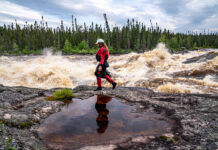
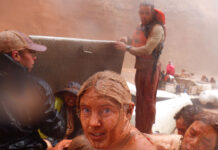
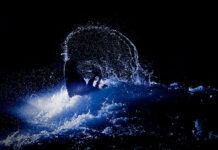
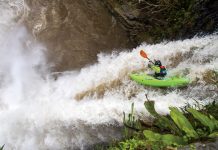
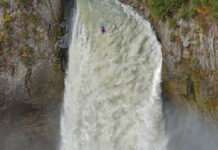

These little digital “snipits” are an awesome way to keep this old dinosaur sane! Paddling magazine is my comfort zone on early Saturday mornings. Nice to read an article occasionally between magazines.